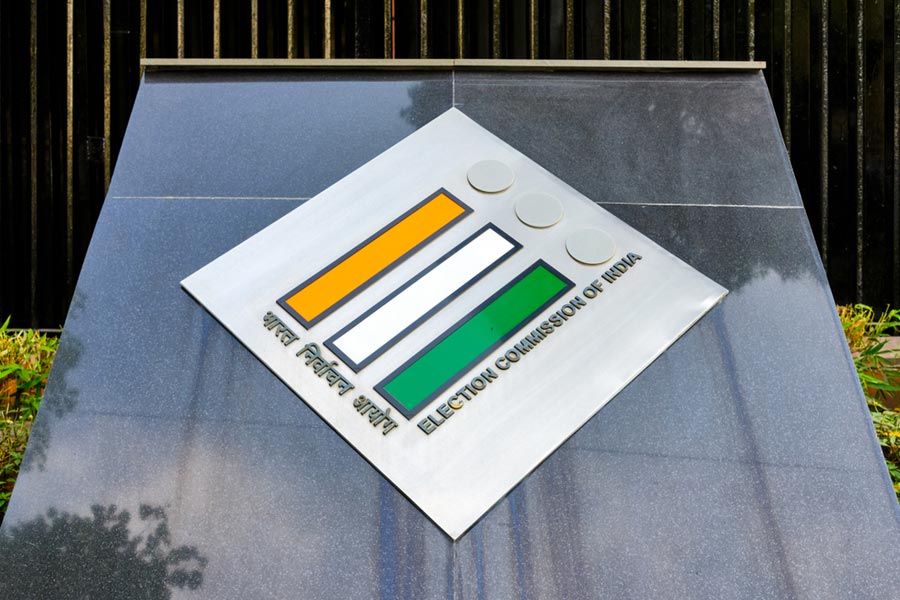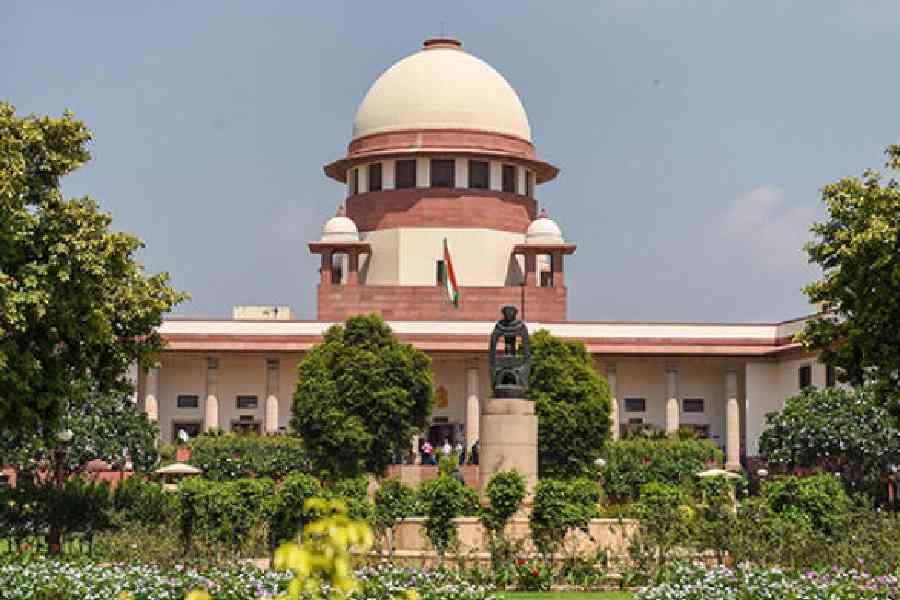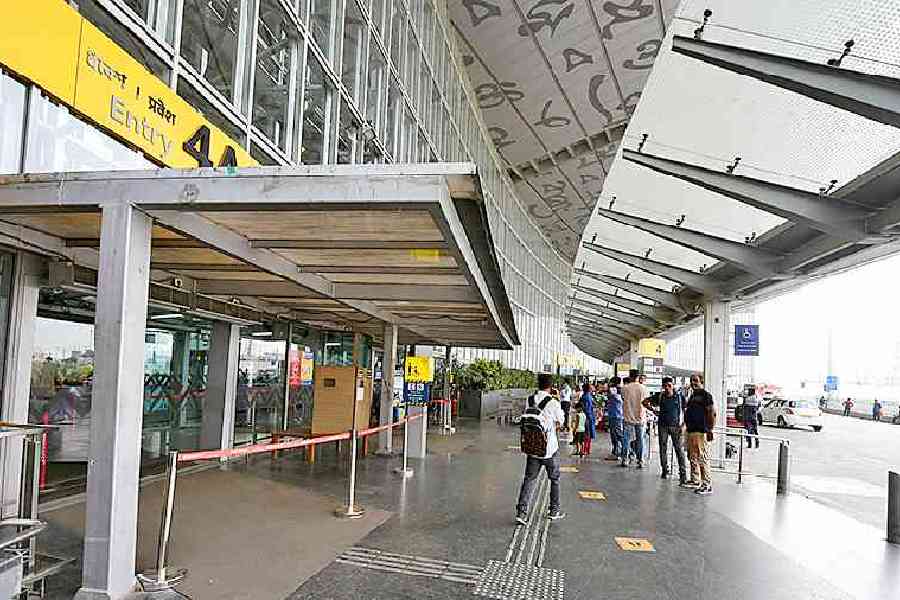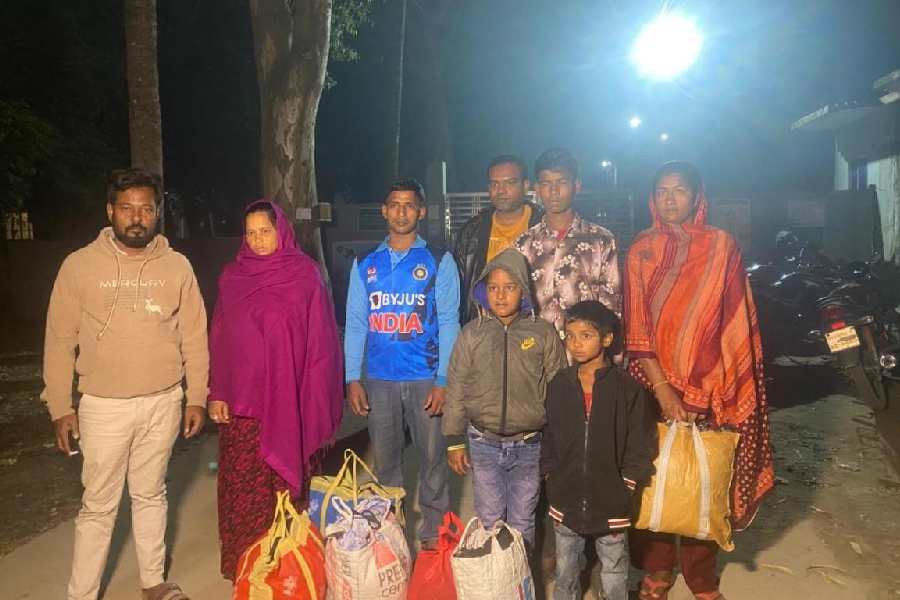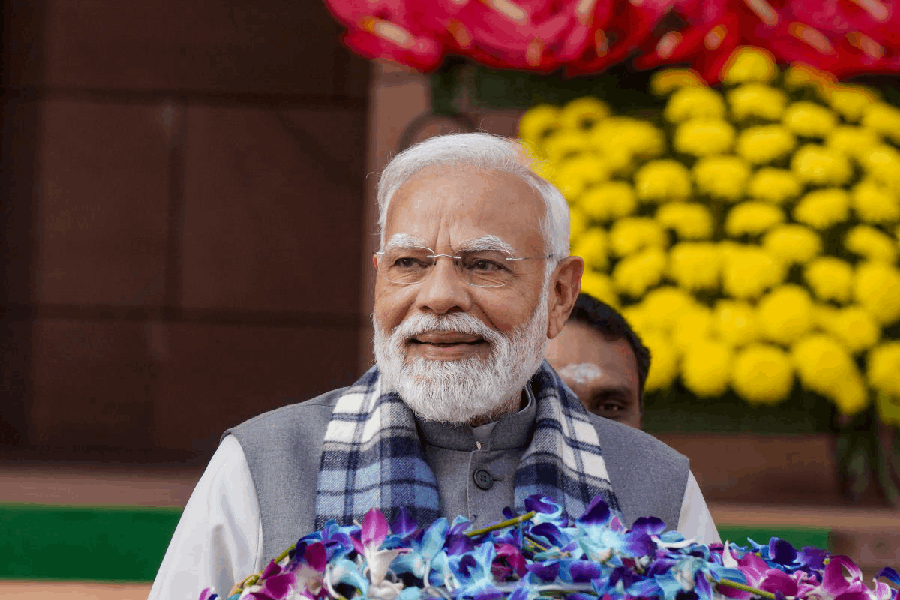Guwahati: Mizoram's only Archaeological Survey of India (ASI)-protected site at Vangchhia, dubbed as a lost civilization, is devoid of any Hindu influence, say experts associated with excavation and research on the site.
Putting aside last year's media reports that icons and statues or relics of Hindu deities were found at the site, Sujeet Nayan, the superintending archaeologist of the ASI, Aizawl circle, and director of excavations at Vangchhia, said there was no influence of Hindu religion on the civilization as the site belongs to the Indo-Mizo genus, a term which suggests that it is an original site, not influenced by any other culture.
"I have no idea how some media reports came to the conclusion that Hindu relics were found at Vangchhia. This is wrong and entirely misinterpreted. Vangchhia belongs to the Indo-Mizo genus, a civilization which was developed entirely on its own, using its own resources. There are no Hindu relics. Vangchhia is the root of Mizo culture and people should respect that. Any effort to amplify the place with Hindu influence is wrong. The socio-cultural fabric of the civilization is unique," he said.
The ASI, during its extensive excavations carried out early this year, had come to view Vangchhia as a unique lost civilization with extension to neighbouring Myanmar, Bangladesh and 80 per cent part of Mizoram.
Archaeologists stumbled upon human bones and ancient ornaments from many of the burial sites during excavations.
The ASI reiterated that Vangchhia was one of the largest necropolises of the world with samples such as potsherds, antiquities and others collected from the site dating back to 600 BCE (before common era) and 1400 CE to 1750 CE.
P. Rohmingthanga, former bureaucrat and convener of the Indian Trust for Art and Cultural Heritage (Intach), Mizoram chapter, echoed Nayan. Rohmingthanga is among the pioneers who understood the importance of Vangchhia almost four decades ago.
"There is no connection between Hindu influence and the Vangchhia civilization. I wonder how newspaper reports came to suggest it without any analysis," he said.
The 40km site, surrounded by thick forests, has as its core archaeological relics, menhirs, burials, rock-cut caves, water pavilions and retaining walls of the civilization.
So far more than 50 structures, burials and associated structures have been discovered.
There are 39 burials exposed at different terraces in various shapes and sizes.
The exposed burials are spread over almost 10 square km.
The January excavation was a 2014 follow-up when Vangchhia was selected for archaeological excavation because of its cultural significance.
In 2015-16, the excavation began where 50 structures were documented and charcoal and other samples collected for radiocarbon dating.


